paulfromcamden
Baffled
Do any broadcasters buy turntables now?Can't see any broadcasters buying these.
I've seen the occasional 1210 but it's a pretty niche thing now all the playout systems are digital.
Do any broadcasters buy turntables now?Can't see any broadcasters buying these.
Do any broadcasters buy turntables now?
I've seen the occasional 1210 but it's a pretty niche thing now all the playout systems are digital.
Not “broadcast quality” as we know it, though. YouTube Music tops out at 256 kbps. Enjoyable enough through mobile systems like my phone & earphones, not as much through the hi-fi.I’d class YouTube as broadcast, and there are many channels of folk live-mixing records etc and not just in the dance/techno field, e.g. lots of jazz, soul etc. It is a far more modern and interactive way of sharing music than traditional radio stations IMO. There’s almost a Japanese jazz-bar aspect to some of it. I guess it fills the requirements of mix-tapes too.
Hmm. Maybe. Not sure it counts as radio - though I guess things have become a bit blurred!I’d class YouTube as broadcast, and there are many channels of folk live-mixing records etc and not just in the dance/techno field, e.g. lots of jazz, soul etc. It is a far more modern and interactive way of sharing music than traditional radio stations IMO. There’s almost a Japanese jazz-bar aspect to some of it. I guess it fills the requirements of mix-tapes too.
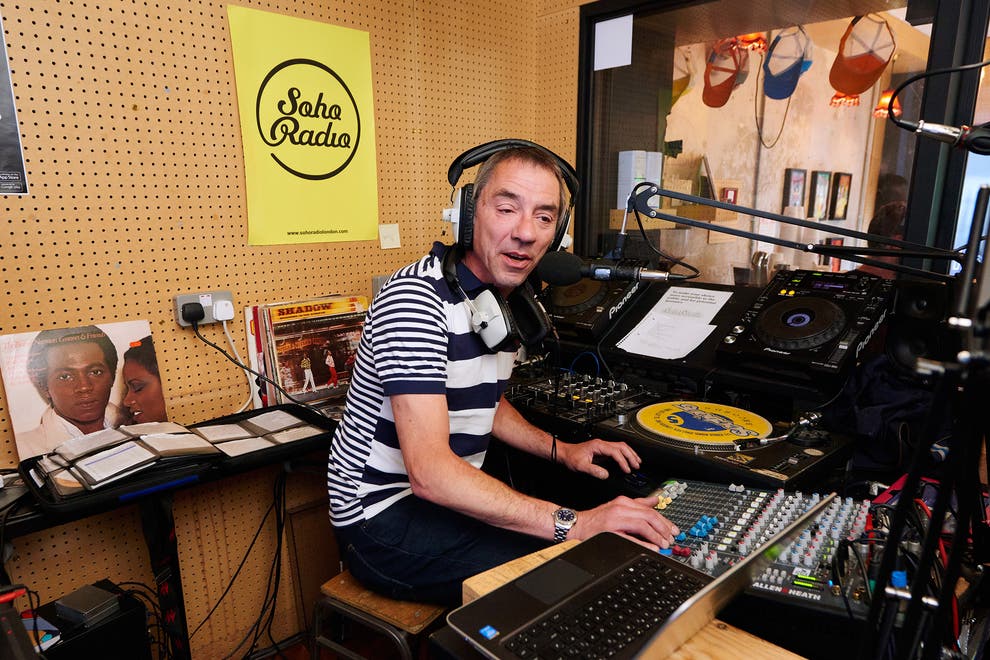
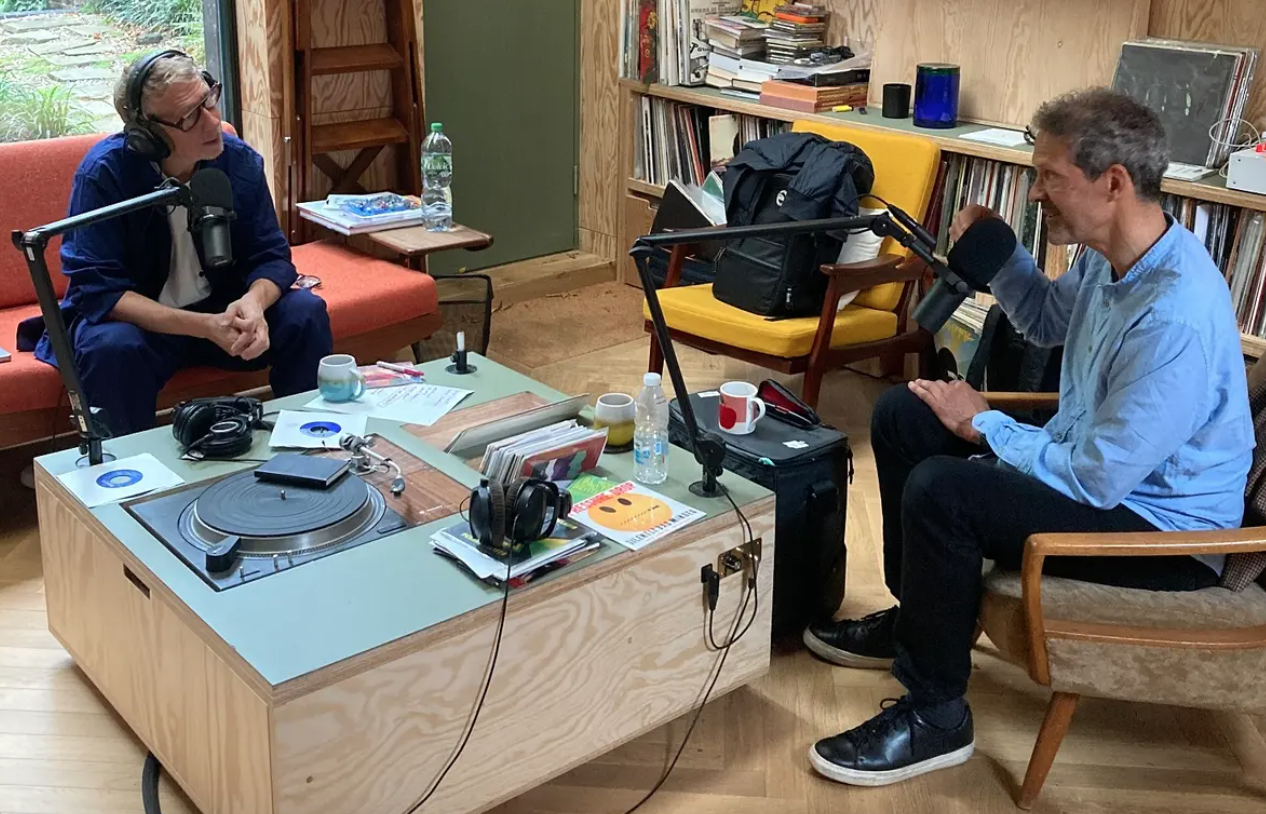
Yes, broadcast sound quality is one reason I’ve never bothered with commercial pop/rock stations via the hi-fi, as well as the usually dire programme. I can tolerate poor SQ on a transistor radio but the latter drove me to getting a mobile system for my workplace.Depends on the definition. I’ve always equated ‘broadcast quality’ with pro-grade reliability and serviceability. Kit that can reliably run 24/7 for years if not decades. Most radio was only AM mono, certainly most pop/rock radio. Yes, R3 took care, evening R1 too (Peel etc) but daytime radio has always sounded horrible, way, way worse than someone playing a couple of 1200s on YouTube (which can sound real good IMO).
PS One of my first hi-fi disappointments was buying a proper tuner, a Quad FM3, and realising just how poor pop/rock radio was! Obvious compression, limiting etc. It was only live R3 and Peel sessions that actually sounded good in comparison to my record deck (at the time a humble Lenco).
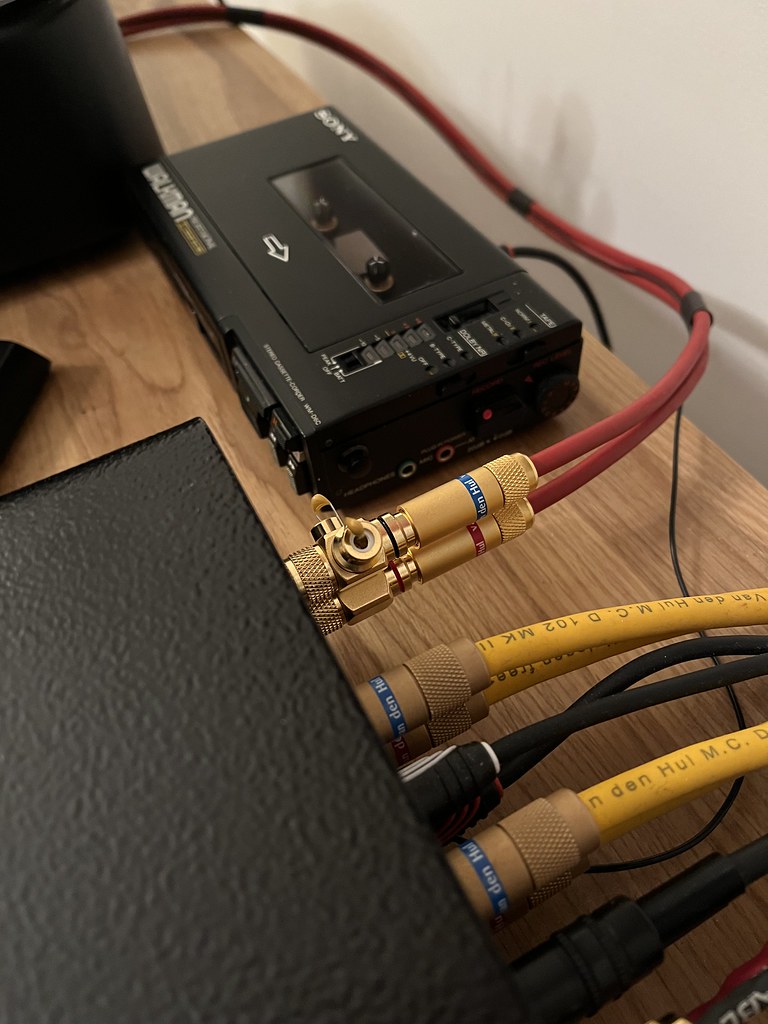
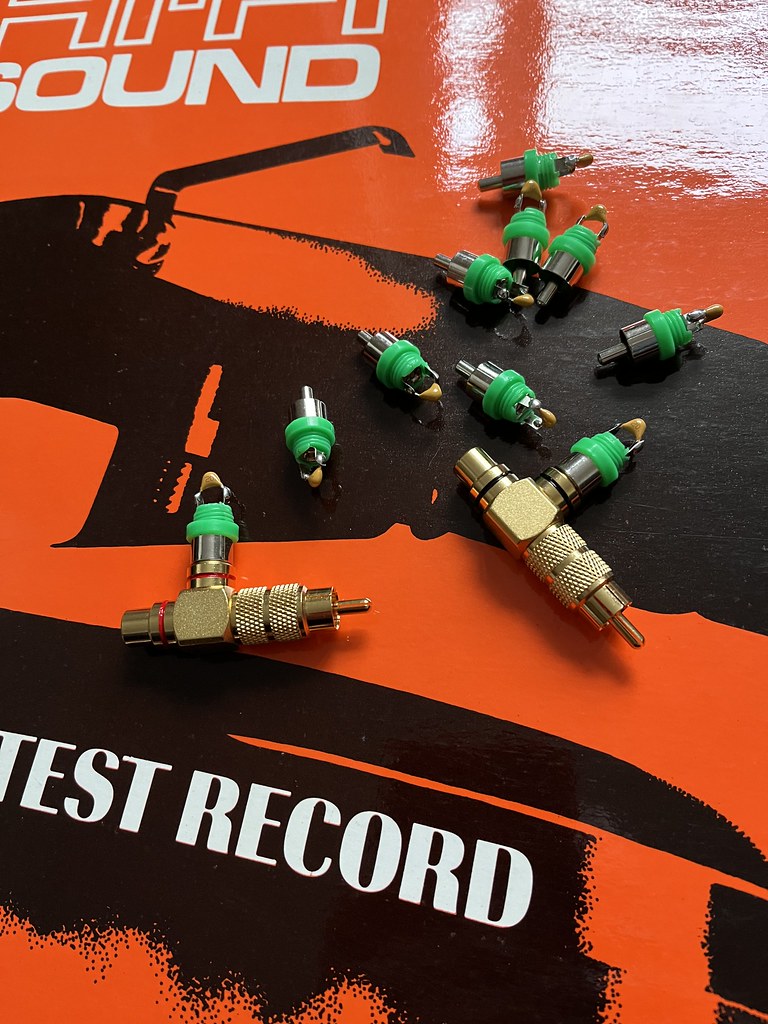
Yup, that's exactly the way I've been doing it for years.
Cheap phono plugs turned up so I now have an easy to use variable capacitance adding thingy. I’ve made up 10, 20, 30, 47 and 56pF pairs, so those values on top of the capacitance of the gold Y plug itself (27pF), or just that value without any caps plugged in. I’ll leave the plug tops off (unless I’m actually leaving a pair in the system) so they are easy to identify, the caps all have the values printed on. It’s a pretty neat solution that’s easy for anyone to build. I linked to the gold plugs and cap kit upthread.
It likely wouldn't make all that much difference either way with these, but one would need a shorting plug on the side for the no caps capacitance to be that of the whole adapter (that is, relative to the whole adapter plus any cap on). One would certainly need such if using a 'Y' cable adapter and wanting the adapter capacitance only.
Cheap phono plugs turned up so I now have an easy to use variable capacitance adding thingy. I’ve made up 10, 20, 30, 47 and 56pF pairs, so those values on top of the capacitance of the gold Y plug itself (27pF), or just that value without any caps plugged in. I’ll leave the plug tops off (unless I’m actually leaving a pair in the system) so they are easy to identify, the caps all have the values printed on. It’s a pretty neat solution that’s easy for anyone to build. I linked to the gold plugs and cap kit upthread.
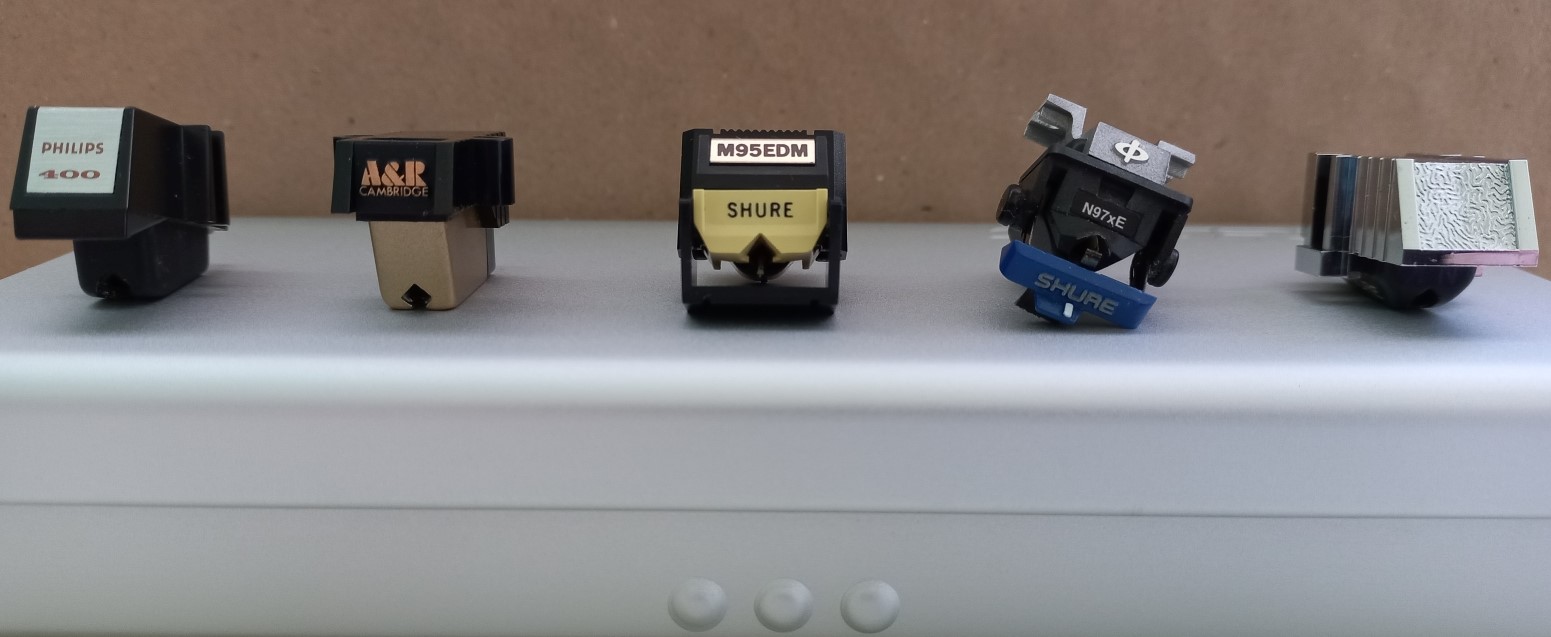
Regarding the generators, is there any difference in Shure V15 III - IV - V outside of the styluses? Same question for the M44/M55 generators, it makes sense to buy since I have the V15 & M95 generators?
With the V15 III, IV, V yes. They have different electrical parameters (inductance etc) and want to see different capacitance (less as the range went on). Same story with the V15 I and II. All different, all indicating where Shure were conceptually and priority-wise at the time. All seem to have their fans.
The M44, M55 and V15 Mk I bodies are all identical bar the V15 I having a heavy alloy outer shell rather than plastic. They are electrically absolutely identical. The same physical part.
PS I’d only spend big money on a V15 III stylus if you like the M95EDM. They are very similar IMO. The M44/55 are a different presentation; far fatter, more stereotypically vinyl/analogue, and more ‘in yer face’. I’m still in between somewhere, the V15/III is very nice and clear in a good hi-fi way, the M44E or 55E just kick like Cream or Ministry Of Sound! I’m exaggerating, but really that’s the root of it. As good a way of articulating it as I can think of, but both are still pretty good from the opposite perspective.
Great thread. I gave my son a nice, original condition GL-75 for Christmas. It has a M44-7 and, just to be sure, I bought one of the Tonar jobbies for it for £20.I've just got my M44-7 setup, bog standard Tonar replacement stylus, just something to get some noise from the thing, cost £20. Anyway, I eschewed my SME 3009 and decided to set it up on something a bit more upmarket, the SME V-12/Garrard 401, they make a great match according to http://korfaudio.com/calculator . The sonics are very promising, I must admit that I can't wait to try my M55E out om the same combo
